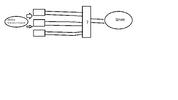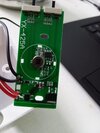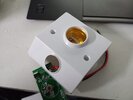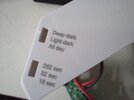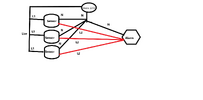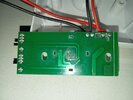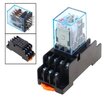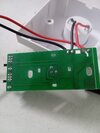JaforSadik
New Member
Hello,
I have 3 Motion Sensors(Infrared Sensors) that work on 220V. I want to install these 3 sensors in 3 rooms and connect a single siren because thieves have recently cut the window bar and got inside my house.
The Problem.
If I connect each of them and connect a single siren, if one gets triggered then it will send 220v down the line and other sensors that are connected are gonna get fried so I need help to build some sort of circuit that will just receive these 3 sensors' input and one gets triggered it will just send the power to the siren, not to the other lines. the sensor module and the siren work on 220 volts this is the voltage that my country uses. another note I am using the word circuit but I cannot get a circuit board custom-made in my country so if anyone can just tell me or draw me a diagram with the components that would be a very big help
I have 3 Motion Sensors(Infrared Sensors) that work on 220V. I want to install these 3 sensors in 3 rooms and connect a single siren because thieves have recently cut the window bar and got inside my house.
The Problem.
If I connect each of them and connect a single siren, if one gets triggered then it will send 220v down the line and other sensors that are connected are gonna get fried so I need help to build some sort of circuit that will just receive these 3 sensors' input and one gets triggered it will just send the power to the siren, not to the other lines. the sensor module and the siren work on 220 volts this is the voltage that my country uses. another note I am using the word circuit but I cannot get a circuit board custom-made in my country so if anyone can just tell me or draw me a diagram with the components that would be a very big help
